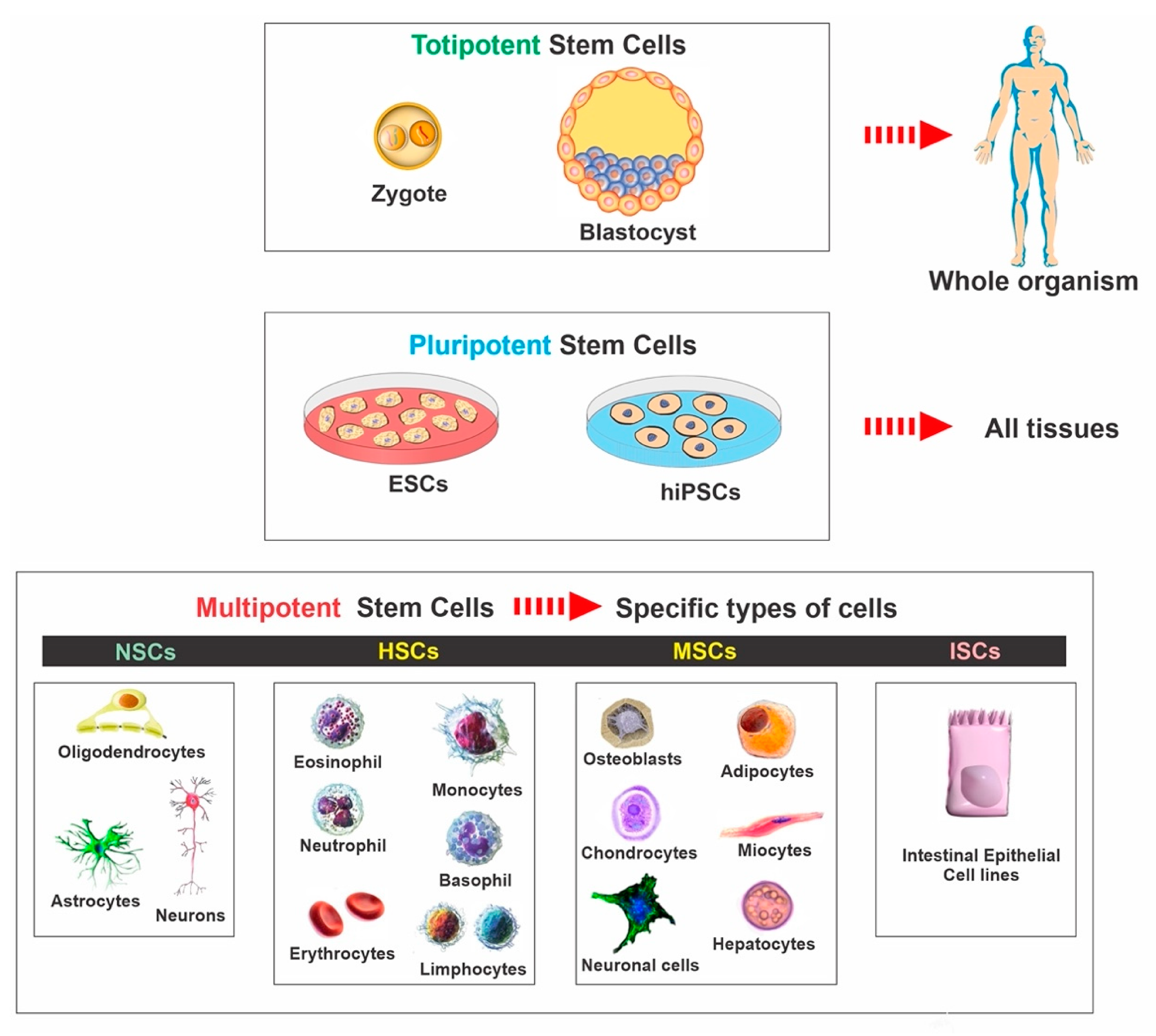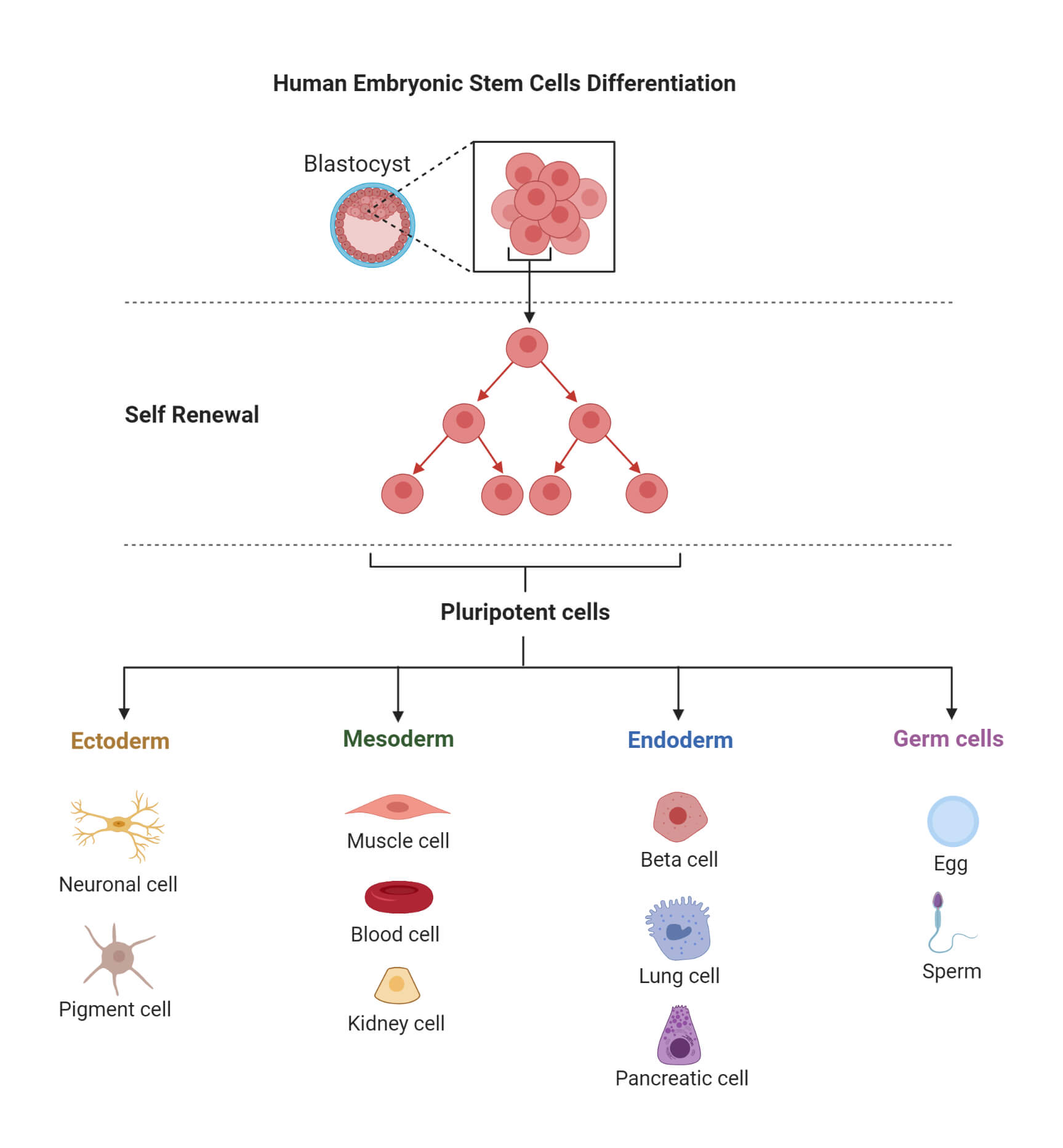Table of Contents

[/image][=video]
[/video]
There are many types of stem cells. Generally, the term stem cell refers to a group of cells that give increase to other cells (like skin, blood, heart, and muscle cells) by reproducing and separating in reaction to chemical cues. Totipotent stem cells appear at the earliest stage of development and are the only stem cells which can create embryonic stem cells and the placenta.
Bone marrow transplant (BMT) is an unique treatment for individuals with certain cancers or various other conditions. A bone marrow transplant entails taking cells that are usually discovered in the bone marrow (stem cells), filtering system those cells, and offering them back either to the benefactor (person) or to one more person. The goal of BMT is to transfuse healthy bone marrow cells right into a person after his/her very own unhealthy bone marrow has actually been dealt with to kill the abnormal cells.
The blood cells that make other blood cells are called stem cells. The most primitive of the stem cells is called the pluripotent stem cell.
It is the stem cells that are required in bone marrow transplant. The goal of a bone marrow transplant is to cure numerous illness and sorts of cancer. When the dosages of chemotherapy or radiation required to treat a cancer cells are so high that an individual's bone marrow stem cells will certainly be completely damaged or damaged by the therapy, a bone marrow transplant might be required.
Perimenopause Treatment
This procedure is commonly called rescue. Change bone marrow with genetically healthy functioning bone marrow to stop more damages from a hereditary condition procedure (such as Hurler's disorder and adrenoleukodystrophy). The threats and benefits should be weighed in a complete discussion with your doctor and experts in bone marrow transplants prior to the procedure.
There are different kinds of bone marrow transplants depending upon that the contributor is. The various kinds of BMT include the following: The benefactor is the patient himself or herself. Stem cells are drawn from the person either by bone marrow harvest or apheresis (a procedure of collecting peripheral blood stem cells), frozen, and then provided back to the individual after extensive treatment.
The benefactor shares the very same hereditary type as the client. Stem cells are taken either by bone marrow harvest or apheresis from a genetically matched contributor, typically a bro or sister. Other donors for allogeneic bone marrow transplants may include the following: A haploid-identical suit is when the donor is a moms and dad and the hereditary match goes to least half similar to the recipient.

Matching includes keying human leukocyte antigen (HLA) tissue. The antigens externally of these special leukocyte identify the hereditary makeup of an individual's body immune system. There are at least 100 HLA antigens; nonetheless, it is believed that there are a couple of significant antigens that establish whether a donor and recipient match.
Medical research is still exploring the duty all antigens play in the process of a bone marrow transplant. The more antigens that match, the far better the engraftment of contributed marrow. Engraftment of the stem cells occurs when the donated cells make their means to the marrow and begin making new members cells.
Menopause Therapy in Saginaw, Michigan
All people function together to provide the finest possibility for a successful transplant. The group is composed of the following: Medical care service providers who specialize in oncology, hematology, immunology, and bone marrow transplantation.
Specialists who will assist you satisfy your nutritional requirements prior to and after the transplant. A number of various other team members will assess you before hair transplant and will provide follow-up treatment as needed.

A complete medical history and physical examination are done, consisting of several tests to examine the client's blood and body organ features (for instance, heart, kidney, liver, and lungs). An individual will certainly typically come into the transplant facility up to 10 days prior to transplant for hydration, examination, placement of the central venous line, and various other preparations.
Blood products and medications will certainly be given with the catheter during therapy. For an allogeneic transplant, an appropriate (tissue typed and matched) benefactor needs to be readily available. Locating a matching donor can be a difficult and prolonged procedure, specifically if a sibling suit is not offered. Volunteer marrow contributors are signed up in numerous national and international computer system registries.
Contributor sources readily available consist of: self, sibling, parent or loved one, nonrelated person, or umbilical cable from a relevant or nonrelated individual. There are national and global registries for nonrelated individuals and cord blood.
Hormone Therapy
Tests connected to his or her health, direct exposure to infections, and hereditary analysis will be done to determine the degree of the match. The benefactor will certainly be given directions on how a bone marrow donation will be made. As soon as a match for a client requiring a bone marrow transplant is discovered, after that stem cells will certainly be gathered either by a bone marrow harvest.
Or by an outer blood stem cell collection. This is where stem cells are accumulated from the circulating cells in the blood.
Navigation
Latest Posts
Menopause Treatment servicing Saginaw, Michigan
Stem Cell Therapy in Saginaw, Michigan
Menopause Therapy